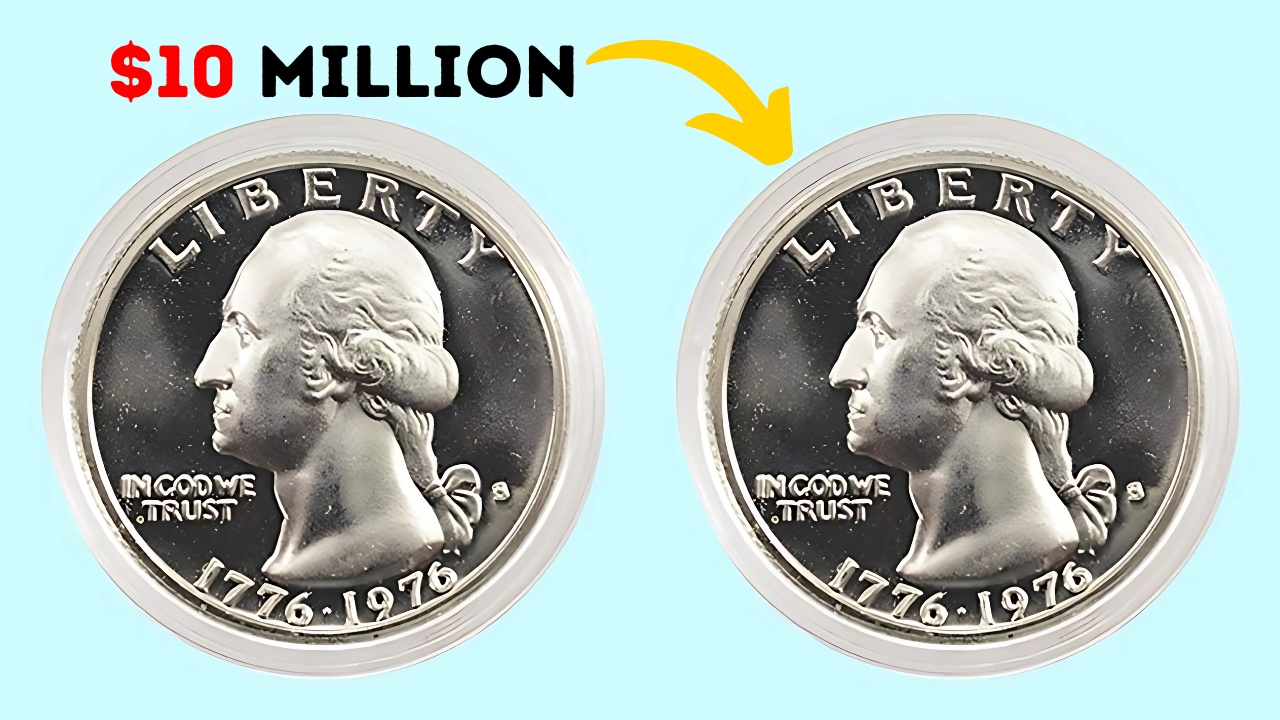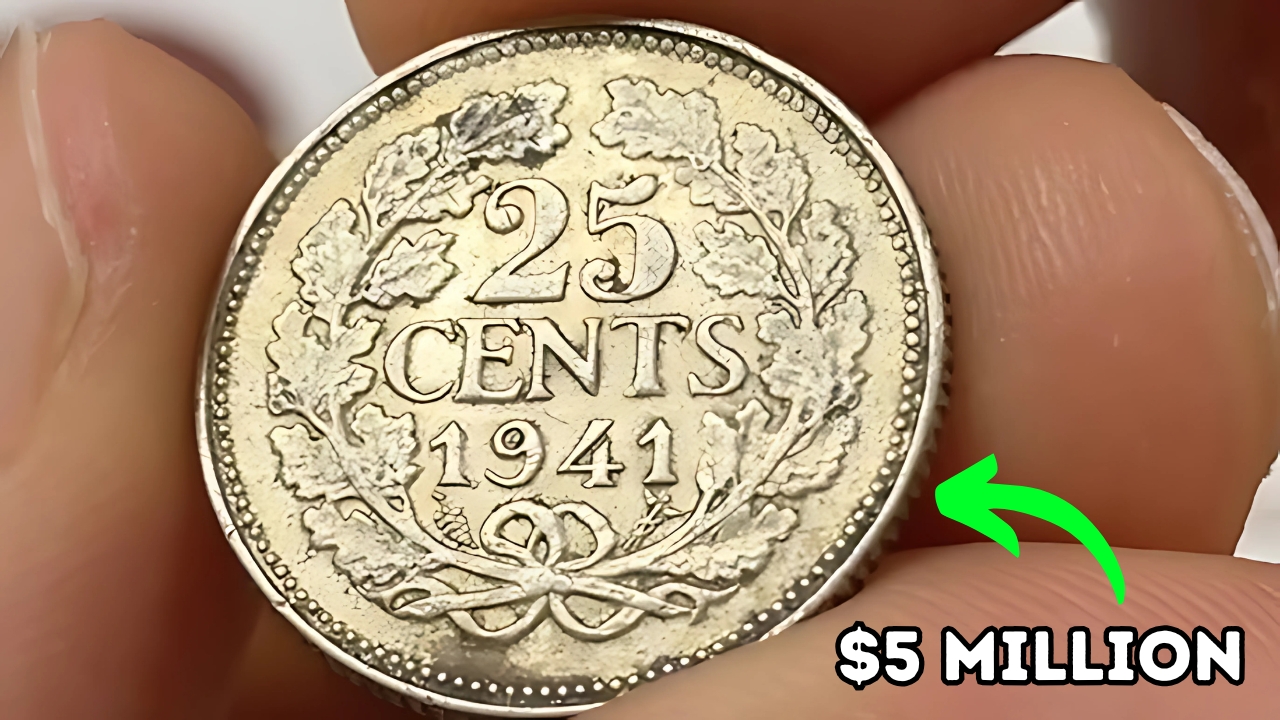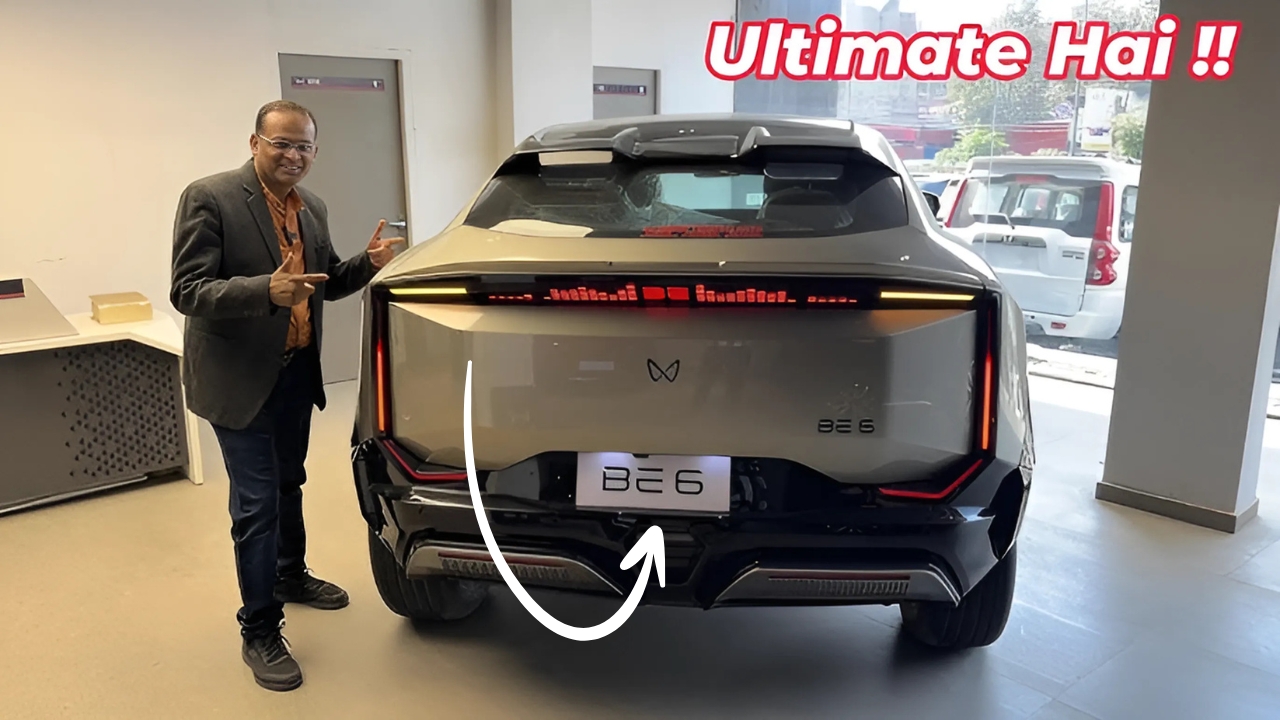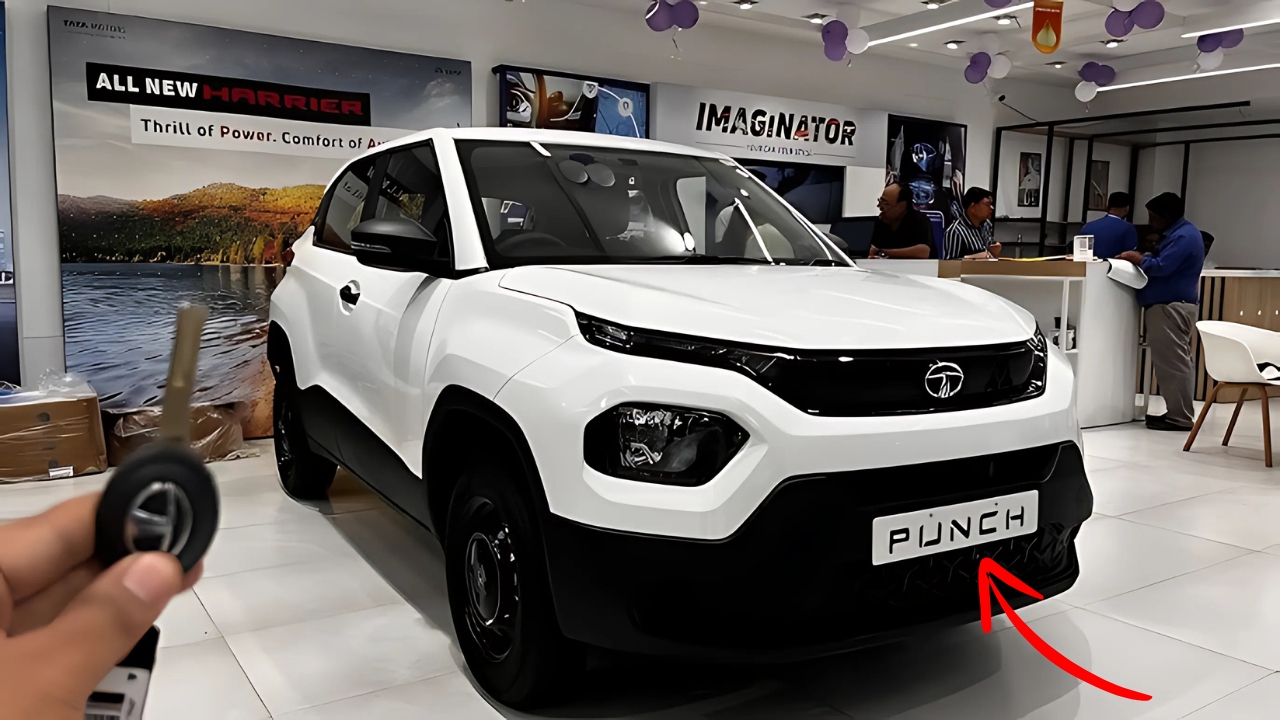5 Rare Bicentennial Quarters : Hidden within forgotten change jars, tucked away in the depths of sofa cushions, or perhaps unwittingly exchanged through numerous daily transactions, five remarkable Bicentennial quarters have captivated numismatic enthusiasts everywhere.
Each valued at an astonishing $10 million, these coins are the rarest among the 1.7 billion Bicentennial quarters produced between 1975 and 1976 in celebration of America’s 200th birthday.
The most mysterious of the lot emerged from what experts have described as a “perfect storm” of minting errors.
Referred to as the “Dual-Strike Overlay,” this quarter underwent two complete strikes at right angles to one another, resulting in a breathtaking overlay effect where the images of the drummer boy and colonial soldier are visible from different perspectives.
Notably, the coin boasts a unique combination of both copper-nickel and silver-clad materials, resulting in a striking metallic marbling that has never been documented in American coin history.
Analysis under specialized lighting reveals that this coin was struck at the Denver Mint during the midnight shift on July 4, 1976—a poetic coincidence that significantly heightens its historical importance and market value.
The Missing Drummer Quarter: The Phantom Imprint
The second rare coin in this elite group showcases an unbelievable die error. The reverse side features the drummer boy design as a ghostly outline—visible primarily when light hits it just right, creating an eerie impression of presence without physical material.
Numismatists refer to this phenomenon as the “phantom imprint,” an occurrence so rare that only three other examples exist in American currency.
Microscopic analysis has revealed traces of experimental alloys that the Treasury considered for the Bicentennial program but ultimately decided against, adding to the mystery of how these elements made their way into one very special coin.
The Triple-Edge Quarter: Defying Physical Possibility
One of the most puzzling coins is known as the “Triple-Edge Quarter.”
This coin features what appears to be three distinct edges: the classic reeded edge and two additional raised bands that together create a unique terraced look when viewed from the side. Metallurgists still grapple with fully explaining how this error occurred.
Former Mint Director Thompson has even stated that the Triple-Edge “simply shouldn’t exist” given the constraints of modern minting processes.
This element of impossibility, coupled with its flawless strike and pristine surface, has led to its eight-figure valuation post-authentication in 2018.
The Silver-Core Quarter: The Secret Experiment
The fourth coin is known among collectors as the “forbidden core.” This remarkable quarter has a 99.9% silver center completely encased within a copper-nickel shell.
Recently revealed Mint documents indicate that a limited experimental batch was crafted to evaluate potential special editions for the Bicentennial, but all were reportedly destroyed when the Treasury opted out of these costly designs.
Upon authentication, signs of microscopic drilling were uncovered, hinting that core samples were taken prior to the coin’s issue, suggesting it had undergone metallurgical testing before somehow escaping destruction.
The details of its journey from a government laboratory to a personal collection remain shrouded in mystery, adding further depth to its allure and value.
The Double-Date Quarter: Temporal Impossibility
The last of the extraordinary five was miraculously found in a rural Minnesota cash register in 2017, bearing both the expected dual dates of 1776-1976 and intriguingly, a partially visible 1975 date beneath the intended design.
This “Double-Date” quarter contradicts established production timelines, as the dual-dated dies came into use after the 1975 dates were retired.
Former Mint engraver James Ferrell proposed that this coin might represent an unauthorized transitional piece resulting from a test strike during die development—something that should have been destroyed but instead survived.
Whether it was a mint employee’s deliberate preservation or a remarkable oversight in quality control remains a captivating question.
The Hunt Continues
Though these five quarters have been authenticated and now reside in private collections or museum vaults, experts believe there might still be undiscovered examples roaming in pockets or wallets across the country.
With odds estimated at one in 340 million, dedicated collectors continue to search every Bicentennial quarter they encounter.
Eleanor Westbrook, a coin dealer from Pennsylvania, perfectly encapsulated the excitement: “These coins represent a perfect blend of historical importance, minting impossibility, and extreme rarity.”
Finding one would be akin to winning a lottery without ever having bought a ticket. Unlike most treasures, however, these could very well be lurking in plain sight, perhaps stashed away in someone’s pocket right now, waiting for the moment they change a life forever.
If you feel inspired to comb through your spare change, experts suggest paying attention to unusual weight, distinctive sounds when dropped, or visual differences compared to standard Bicentennial quarters.
Always remember—next time you receive your change for that cup of coffee, you might just be holding a treasure worth a fortune.
Also Read This-






